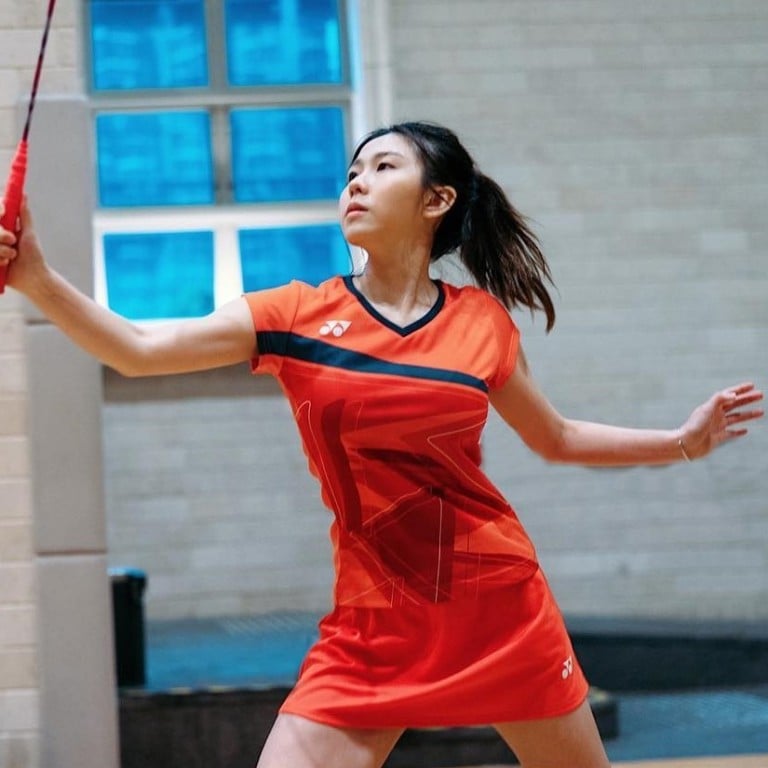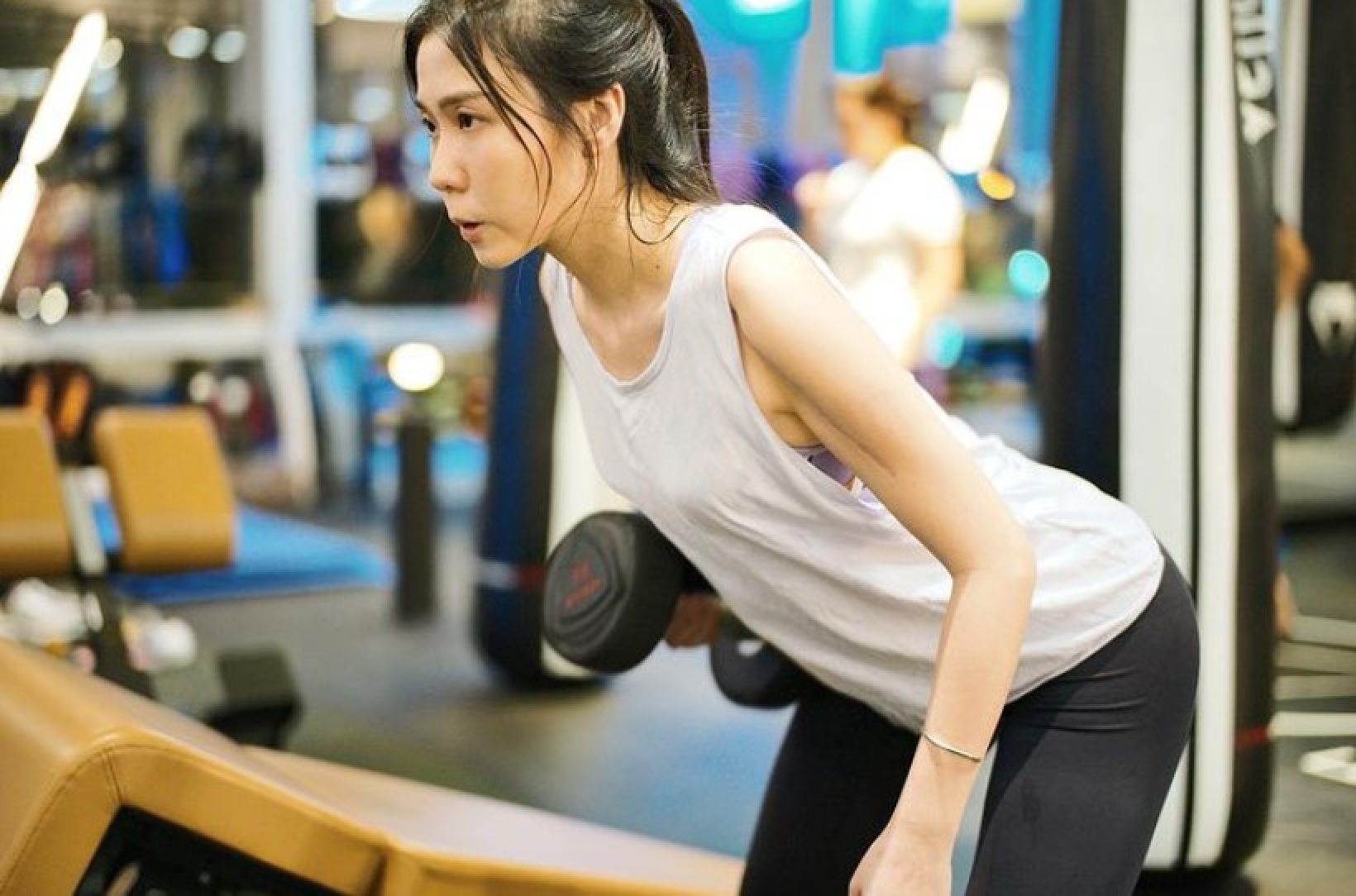
Former Hong Kong para-badminton star Calista Lam blasts officials as she switches allegiance to Australia
- The 28-year-old hits out at Hong Kong over her disqualification from the city’s squad, two years after being expelled
- Source questions her accusations made on social media, suggesting ‘a lot more was hidden from her words’
Former Hong Kong para-badminton player Calista Lam Tsz-huen has accused team officials of not showing “respect” after confirming this week she will compete for Australia going forward.
The world No 30, who is currently training in Sydney, will compete at the Bahrain Para Badminton International next week, which runs from May 17-23 in Manama.
But in a social media post on Thursday, the 2018 Asian Para Games women’s singles (SU 5) bronze medallist – who stopped receiving funding as a full-time athlete at the Hong Kong Sports Institute in November 2020 – revealed her struggles on and off the court in recent years.
The 28-year-old wrote that after she tore her knee ligaments in April 2019 – an injury which ended her quest to qualify for the Tokyo Paralympics – an intensive post-rehabilitation training programme led to inflammation in her calf muscles and an eventual stress fracture.
Her training was further suspended for another three months after an acupuncture procedure accidentally touched a nerve in her right ankle, resulting in numbness and tingling in her foot.
Lam went on to say she was eventually disqualified from the Hong Kong team, despite putting in 30 hours of rigorous training every week.

“I was very disappointed with the decision, and felt my years of hard work had not been respected,” she wrote. “For three years, every time I think about it, it feels very painful.”
“Badminton is where I have spent my whole life and put all my effort, and it is also the focus of my life,” added Lam, who started playing badminton aged eight but was diagnosed with bone cancer two years later.
She underwent 28 chemotherapy treatments and even had the bone in her left upper arm replaced with a metal rod. The surgery restricted her from swinging her left arm or raising it above her shoulder.
“Living within the system does not mean giving up freedom,” Lam said. “Things have changed – I am standing up again after fighting cancer and retiring from the team, and I am determined to use my feet to walk my own way.”
A source with knowledge of the matter, however, said “what [Lam] said is different from the reality”.
“Due to multiple violation of rules, she was the first-ever full-time athlete to be expelled by the association,” the source said. “Lam actually signed a black-and white document citing the reasons for her expulsion, so she knew what happened.”
It is understood the Hong Kong Sports Association for the Physically Disabled (HKSAPD) acknowledged Lam’s decision to compete for Australia and gave her the green light by unregistering her with the BWF, the sport’s world governing body, allowing her to register as an athlete with Australia.
“[Lam’s social media post] was really a surprise as the majority of her accusations never existed. A lot more was hidden from her words really,” the source said.

The Post reached out to Lam for further comment, but her management company declined.
The HKSI declined to comment on the matter, while the HKSAPD wished Lam “all the best in her future development in para-sports and great success in her endeavours” in a written reply.
Lam shot to fame after her Asian Para Games success and soon found herself swamped with interview requests, charity work and commercial opportunities, despite a tough training schedule as a full-time athlete at the HKSI, which required a minimum of five days and 20 hours of supervised training per week, according to the Elite Training Grant for Athletes with Disabilities guidelines.

 - Mike Chan.jpeg?itok=EQbwYm3R&v=1669714688)